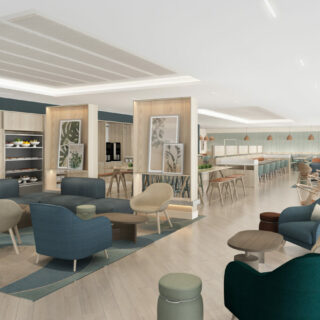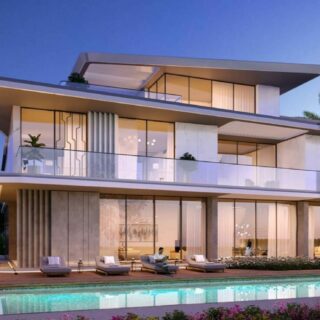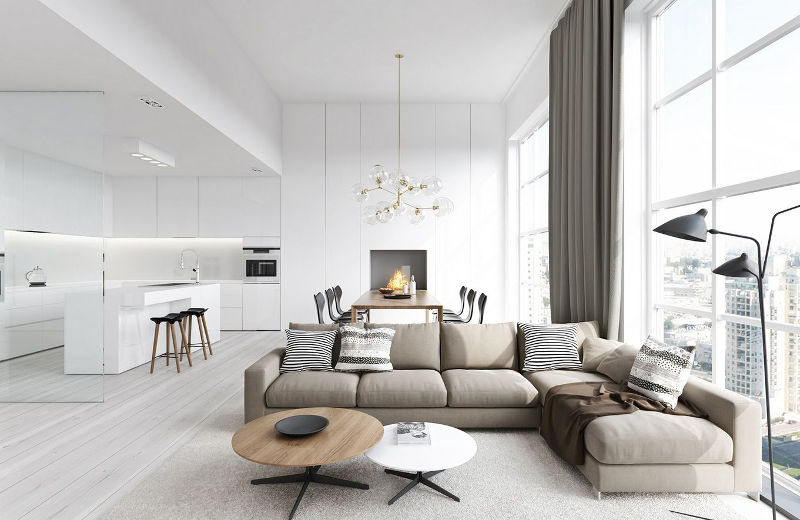
When it comes to wellbeing, we often move first to amend ourselves (think diet, meditation, sleep), but what is often left by the wayside is the role our surroundings can have in supporting that wellness.
According to the National Human Activity Pattern Survey, we spend around 90% of our time indoors, and studies show that in order for us to benefit from our indoor spaces, our wellbeing and comfort needs to be considered from the very beginning of a building’s life – health by design if you will.
So what design elements should be considered when it comes to wellbeing? Well, let us walk you through some of the wellness-focused areas we look at when we design our interiors, and how they can promote emotional wellbeing.
Layout
Feng shui is a practice that aims to find the balance between our workspace, living environment and the natural world. We can use the ancient philosophy of feng shui as a means of designing a harmonious environment that enhances and supports the way you live and work, instead of possibly hindering you.
What feng shui tells us, is that human beings have always sought to create, and belong to, comforting and inspiring spaces.
Essentially, this boils down to a careful and thoughtful layout, but the wider philosophy looks at everything from colour, to light, to space, to object placement. What feng shui tells us, is that human beings have always sought to create, and belong to, comforting and inspiring spaces. Feng shui inspired architecture, or a layout with feng shui-led design elements can not only assist with your day-to-day living, but also help you find equilibrium no matter what you’re doing.
Lighting
Lighting is vital to creating a welcoming space. There are smart lighting systems that can conserve energy and match your daily living patterns, and artificial light systems that can recreate natural light in order to give darker rooms and corners that lift.
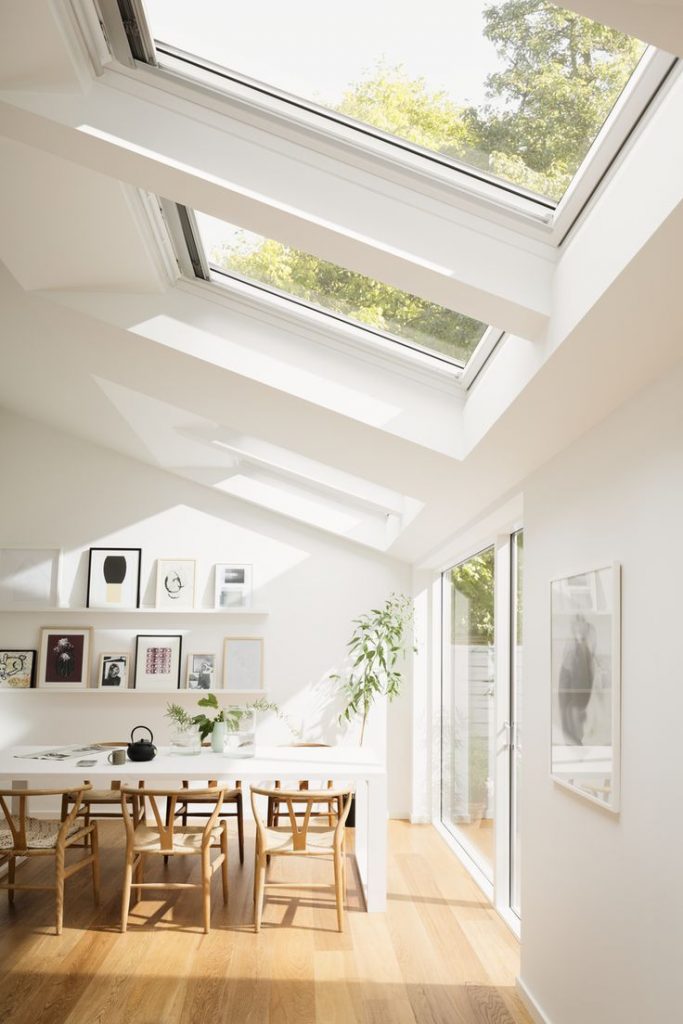
Then there’s natural light itself, which all conscientious designers look to boost, centre, and enhance. Natural light is known to have tons of properties that promote wellness, for instance, it can ward off seasonal depression, improve sleep, reduce drowsiness, and boost your Vitamin D intake.
Greenery
Just like natural light can boost wellbeing, so can greenery, and designers are embracing using plant life to bolster our emotional states. We call this biophilic design. Biophilia is the tendency for human beings to seek out a connection to the natural world. This is not too dissimilar to the philosophy of feng shui, but biophilic design less concerned with the layout of spaces, and concentrates more on incorporating direct natural influences, such as plant life, as well as natural textures and materials.

Some workplaces such as Amazon’s Seattle base, The Spheres, have gone so far as
introducing some 40,000 plants to create a lush environment for their employees
to work in.
Whether we know it or not, we crave to be around greenery, water, natural materials, textures, and views. Creating spaces with indoor plants, or with lots of natural textures, such as wood and bamboo, can facilitate that connection to nature and bring the outdoors, indoors.
Ergonomics
If feng shui gives us the perfect layout, lighting gives us energy, and greenery soothes us, then ergonomics provides the comfort. But ergonomic design goes much further than just making us feel comfy, it also ensures your surroundings are user-friendly, efficient, logical, and beautiful.
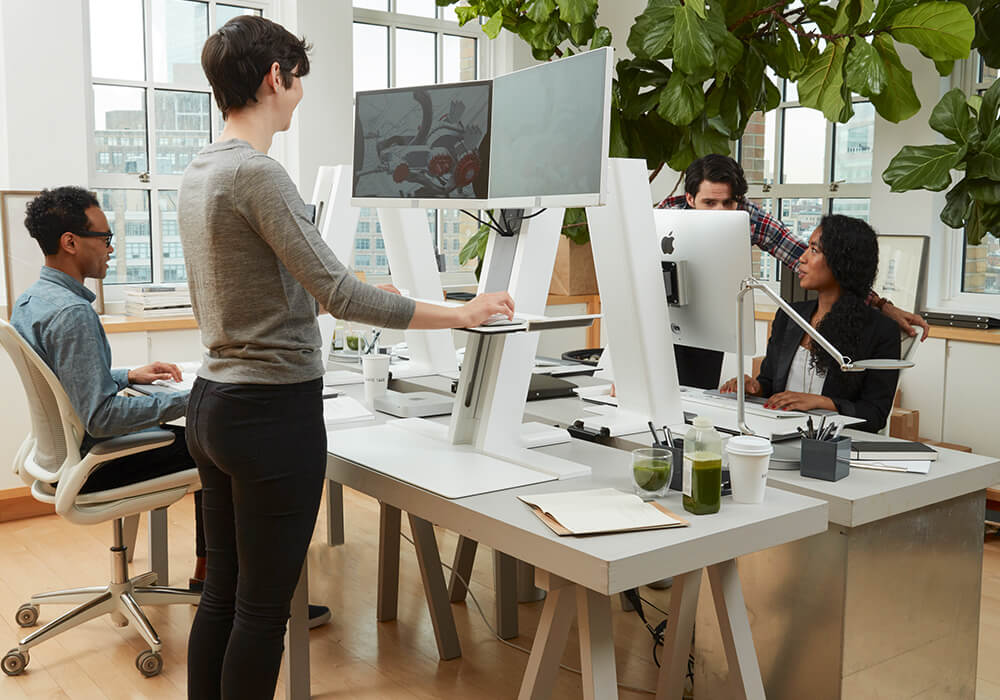
An ergonomic design can be applied to lobbies and bars, or
kitchens and bathrooms. In workplaces employing an ergonomic design can increase
productivity by 10-15%, and studies have shown that those working in an
ergonomic space are less
tired and more engaged with what they are doing.
Colour

Colour is fundamental to the way we see and respond to the world around us. Blues and greens tend to encourage tranquillity or coolness. Yellows are thought to foster energy. Light colours are airy, and darker colours intimate.
Colours can also be intensely personal, perhaps a pink makes you feel calm, and a bright blue boosts your creativity. Carefully researching and selecting the right palette for you and then choosing the accompanying accents can not only provide you with an instant mood stimulant, but can also provide you with a colour journey in different spaces within your home, office, or working space.
Colours can change a mood, and it is so important to get the right colour palette when designing rooms, offices, hotels.
Curious to know more? Speak to one of our advisors on how we can help create a sense of wellbeing for your interior spaces.
